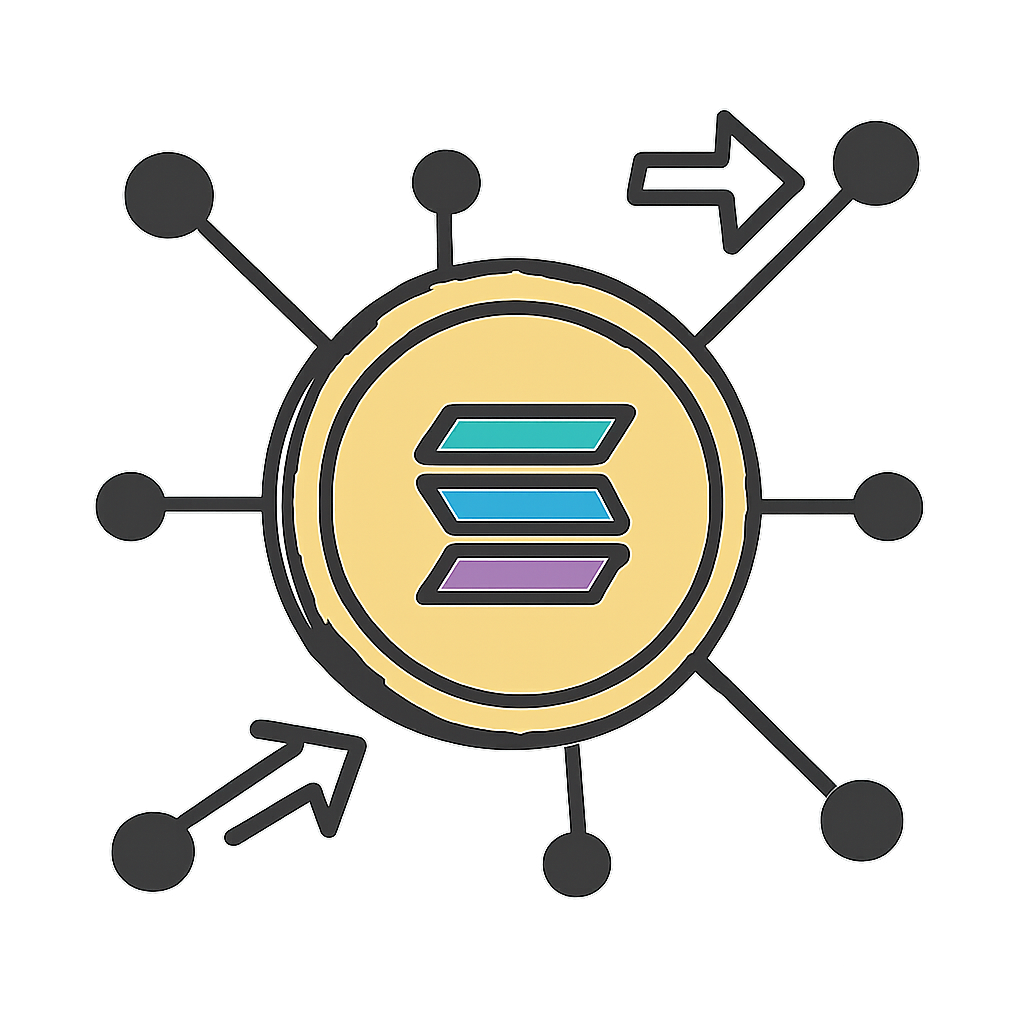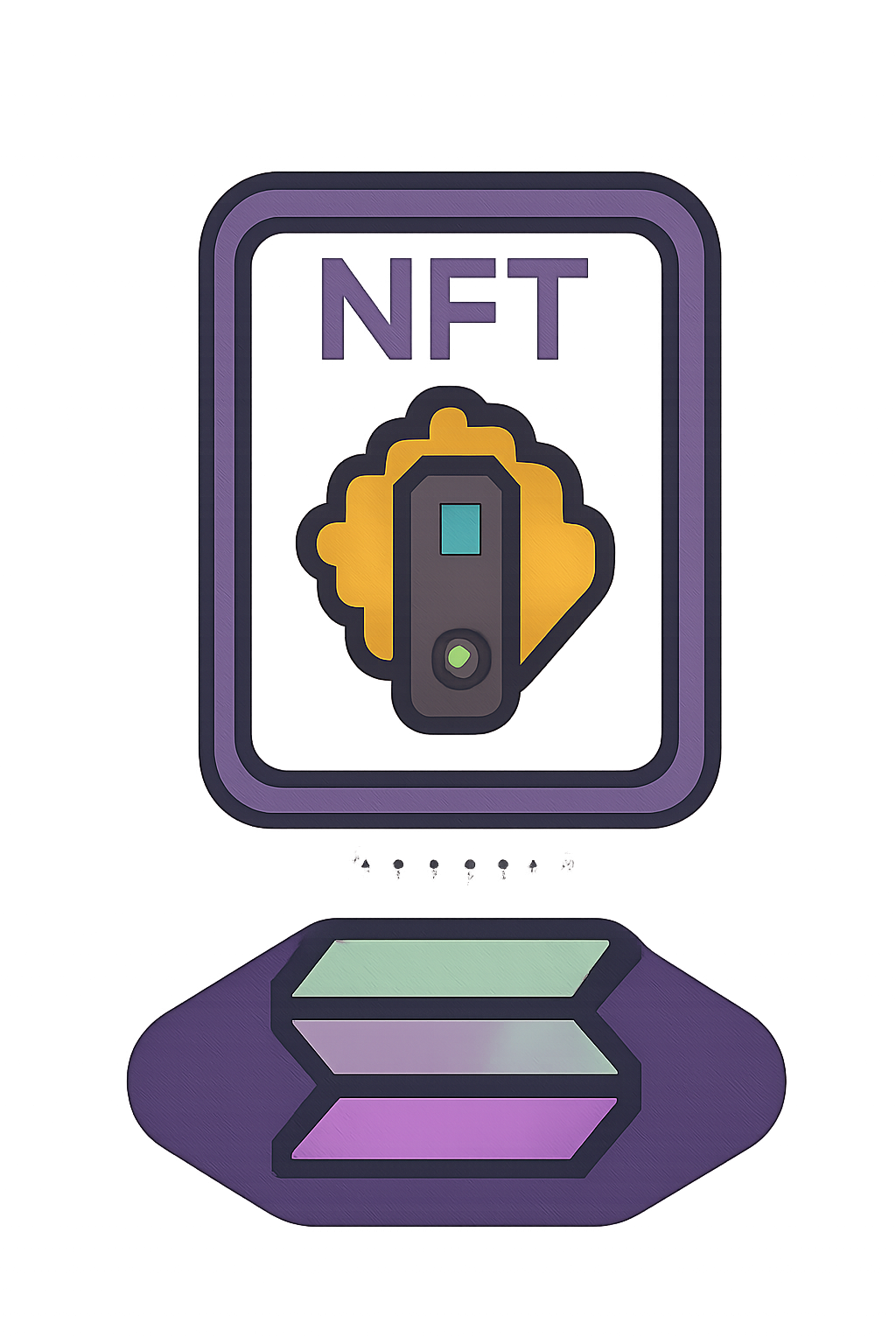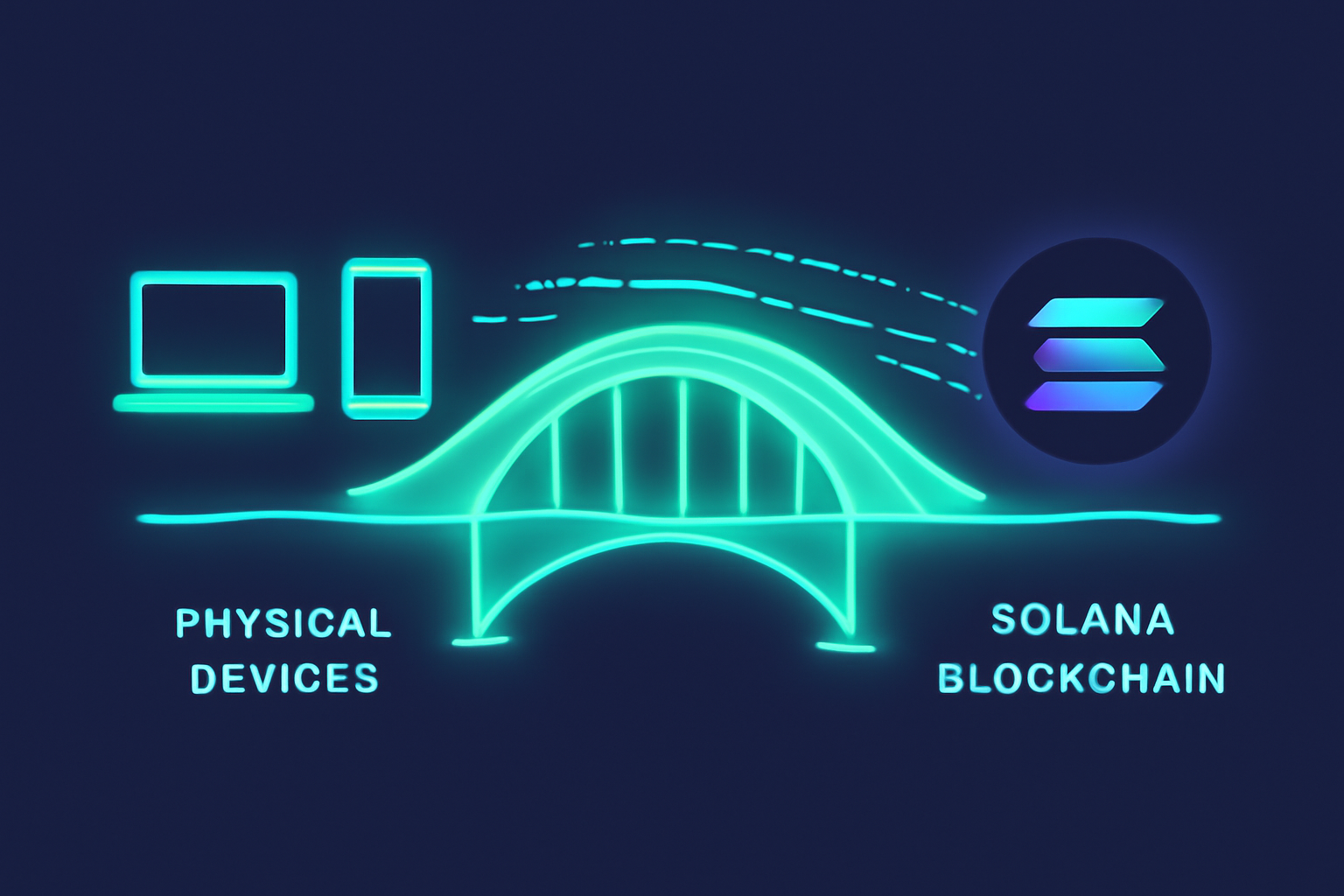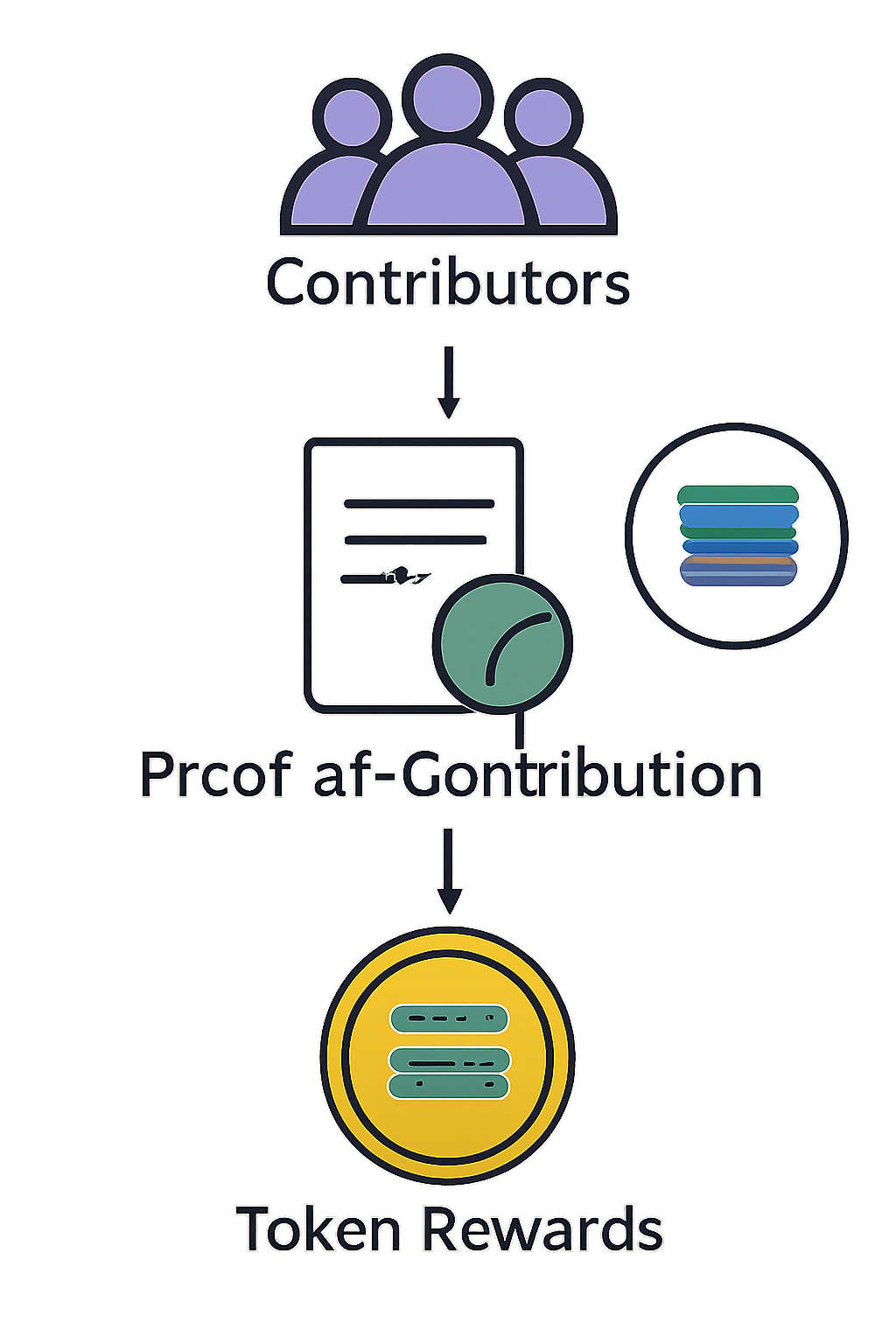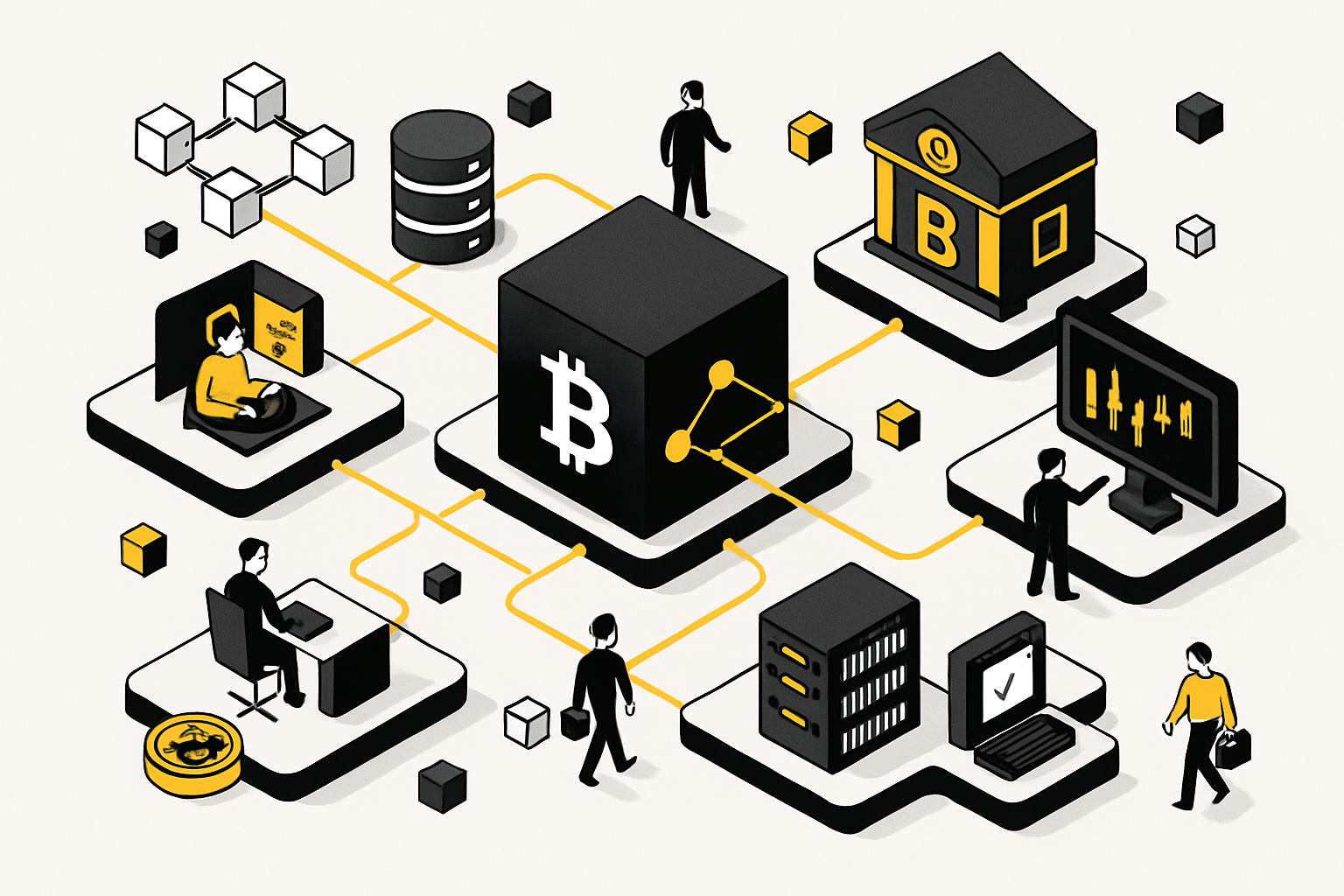
Decentralized Physical Infrastructure Networks (DePIN) are at the forefront of the Web3 movement, bridging blockchain with real-world assets and services. As the demand for scalable, trustless infrastructure grows, Solana has emerged as the platform of choice for DePIN builders. Its combination of high throughput, ultra-low fees, and a robust developer ecosystem is enabling a new generation of decentralized infrastructure projects to flourish, from wireless networks to distributed computing and mapping systems.
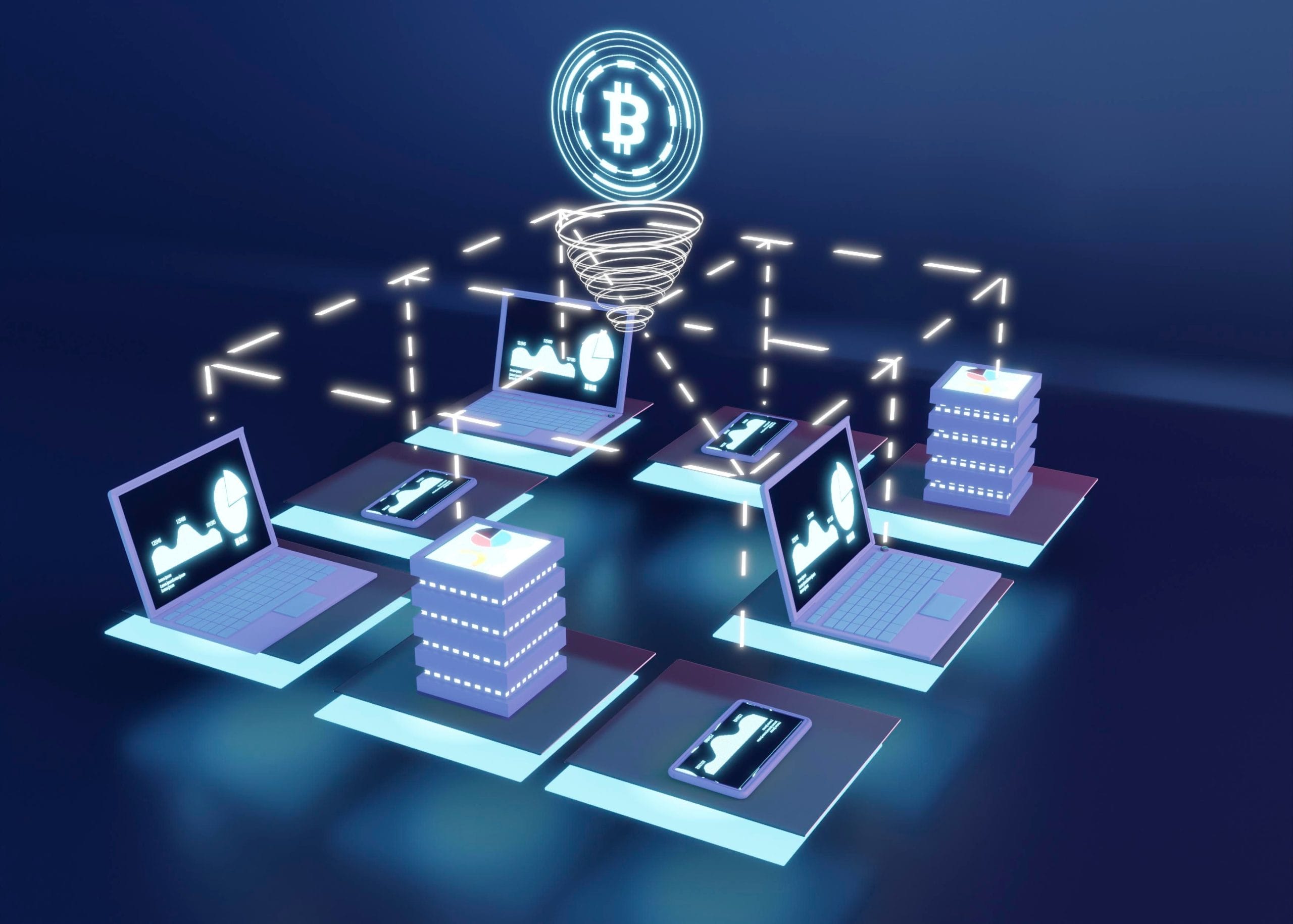
Why Solana is the Go-To Blockchain for DePIN
Solana’s architecture is specifically designed to handle the massive transaction volume and low latency required by DePIN projects. With the ability to process thousands of transactions per second and transaction fees measured in fractions of a cent, Solana allows DePIN networks to operate efficiently at scale. This technical advantage is not just theoretical, it’s evident in the rapid migration of major DePIN projects to Solana over the past year, as highlighted by industry analysts and the ongoing surge in ecosystem activity.
At the time of writing, Binance-Peg SOL (SOL) trades at $198.83, reflecting the market’s confidence in Solana’s continued relevance for decentralized infrastructure. The network’s performance has become a critical enabler for DePIN use cases where microtransactions, real-time data validation, and rapid rewards distribution are essential.
“DePIN protocols are inherently user owned and operated services that allow anyone to contribute to the essential infrastructure that runs our daily lives. ”: a16z crypto
Core Technical Components: How Solana Powers DePIN
What sets Solana apart for DePIN isn’t just speed. Its ecosystem provides a comprehensive toolkit for developers:
- SPL Token Standards: Enable seamless creation and management of tokens used for rewards, payments, and governance in DePIN protocols.
- Compressed NFTs (cNFTs): Support efficient proof-of-contribution systems, allowing DePIN projects to track individual contributions or hardware deployments with minimal on-chain footprint.
- Oracle Integrations: Bring off-chain data on-chain, ensuring accurate and timely validation of real-world events (e. g. , device uptime, bandwidth delivered, energy produced).
This robust infrastructure stack empowers DePIN developers to build applications that are not only decentralized but also economically viable for both operators and end-users.
Solana DePIN Integration: Real-World Use Cases
Let’s look at how Solana’s technology is being applied in practice. Projects like Helium leverage Solana for decentralized wireless coverage, incentivizing individuals to deploy hotspots and earn rewards in real time. Render utilizes Solana’s high throughput for distributed GPU rendering, while Hivemapper crowdsources global mapping by rewarding drivers who share dashcam footage.
These examples showcase the versatility of Solana DePIN integration across sectors:
- Telecommunications: Community-owned wireless networks with instant, low-cost settlement.
- Data Storage and Compute: Distributed platforms where anyone can contribute hardware and earn tokens.
- IoT and Mobility: Networks tracking and rewarding real-world activity, from sensor data to vehicle routing.
For a deeper dive into sector-specific DePIN use cases on Solana, see our guide here.
As the DePIN ecosystem matures, Solana’s technical strengths and active community position it as the backbone for decentralized infrastructure at global scale. In the next section, we’ll explore the step-by-step process of building and deploying a DePIN project on Solana, and what developers need to know about security, scalability, and incentives.
Building on Solana: A Step-by-Step DePIN Developer Workflow
Launching a Decentralized Physical Infrastructure Network on Solana involves more than deploying smart contracts. The process requires careful planning around token economics, hardware integration, and community incentives. Here’s a high-level workflow that builders are following to bring DePIN visions to life on Solana:
Security remains paramount. Solana’s runtime and account model allow for granular access controls, reducing the attack surface for DePIN protocols. Developers are encouraged to leverage open-source audit tools and participate in community security reviews. Additionally, the composability of Solana’s ecosystem means DePIN projects can integrate with DeFi protocols, enabling new forms of collateralization and liquidity for infrastructure tokens.
Scaling and Sustainability: The Solana Advantage
One of the main challenges for any DePIN initiative is scaling without sacrificing decentralization or economic sustainability. Solana’s architecture, with its proof-of-history (PoH) consensus and parallel transaction processing, ensures that even as network activity surges, transaction fees remain negligible. This is crucial for micro-reward models and high-frequency data validation common in DePIN deployments.
Recent data shows that Binance-Peg SOL (SOL) is trading at $198.83, up $4.68 ( and 0.0241%) in the last 24 hours, underscoring ongoing confidence in Solana’s ability to support large-scale, real-world infrastructure projects. As more DePIN protocols migrate to Solana, network effects compound, improving liquidity, developer tooling, and cross-project collaboration.
For those interested in how Solana’s design choices specifically address the needs of DePIN builders, our technical deep dive offers a comprehensive look at the network’s performance under real-world loads.
Looking Ahead: The Future of Decentralized Infrastructure on Solana
The convergence of physical infrastructure and blockchain has only just begun. With its unmatched throughput, developer-friendly standards, and rapidly growing ecosystem, Solana is positioned to drive the next wave of DePIN innovation, from community-owned energy grids to decentralized sensor networks for smart cities.
As regulatory clarity improves and mainstream adoption accelerates, we expect further migration of legacy infrastructure models to decentralized alternatives powered by Solana. Builders and investors seeking exposure to this trend should prioritize understanding the technical primitives, SPL tokens, cNFTs, and oracles, that underpin sustainable DePIN growth.
For further reading on how top Solana-powered DePIN projects are transforming infrastructure today, explore our curated case studies here. The era of decentralized, user-owned infrastructure is here, and Solana is at its core.




